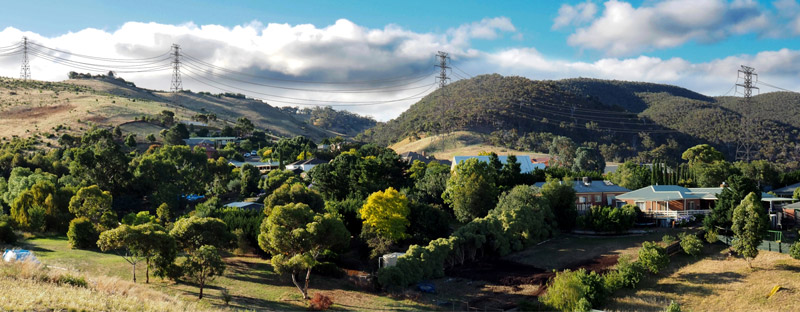EES Overview and Update
Environmental Effects Statement (EES) Overview and Update
The EES process is a systematic environmental assessment framework for projects with the potential for significant environmental impacts. The Ministerial Guidelines for assessment of environmental effects under the Environment Effects Act 1978, set out the processes and requirements for an EES and explains that the ‘proponent’, which in this case is AusNet, is required to carry out a thorough analysis of potential effects of the project on the ‘environment’ which is defined in the Guidelines as ‘the physical, biological, heritage, cultural, social, health, safety and economic aspects of human surroundings, including the wider ecological and physical systems within which humans live’.
In his Reasons for Decision for requiring an EES, the Minister for Planning, Richard Wynne said that:
An EES process will provide a robust, transparent and integrated framework through which:
- the project’s potential environmental effects can be rigorously assessed, including in the context of the comparative effects of feasible siting, alignment, design and operational alternatives for key components of the project; and
- the effectiveness and acceptability of proposed measures to avoid, minimise, manage and offset environmental effects and related risks can be evaluated/examined.
The Impact Assessment Unit, Statutory Planning Services, at the Department for Environment, Land, Water and Planning (DELWP) coordinates the EES process in accordance with the Ministerial Guidelines and in conjunction with a Technical Reference Group containing members from government agencies, and local government and other statutory authorities, as well as registered Aboriginal parties.
It is important to know that the EES is not an approval process in itself but produces an extensive range of reports that, along with a formal public hearing which might last for many weeks, help statutory decision-makers (e.g. Ministers, local government and statutory authorities) to determine whether a project with potentially significant environmental effects should proceed as proposed, or with modifications, or be refused.
The EES process is clearly and visually laid out to show the specific stages in this one-page summary How does the EES process work?
The process also provides opportunities for public feedback at different stages. We have already all had a chance to make submissions to the Draft Scoping Requirements, which set out the specific matters to be investigated and documented in the EES. Overall, 106 submissions were received by DELWP, all of which will have been passed on to AusNet.
There weren’t many changes made to the Draft Scoping Requirements when they were finalised, but this is typical for all EES projects, and not just this one. There were, however, stronger requirements added for AusNet to ‘avoid’ impacts as their first response, not to just minimise them, and to more fully demonstrate how they have considered feasible alternatives including providing their rationale for their ‘preferred’ mode of construction (overhead or underground) and explaining their criteria for evaluating the feasibility of potential alternatives. See the Final Scoping Requirements Frequently Asked Questions (FAQs) for more information about how the Draft document was finalised.
DELWP, AusNet, MP Richard Wynne, MP Angus Taylor & MP Lily D’Ambrosio are now fully aware that there is significant opposition to this project, in its present form. Local communities are very protective and invested in their social, cultural and physical environments and will not tolerate an inadequate or ill prepared ‘tick the box’ EES investigation and submission from AusNet.
And while AusNet is meant to ‘consult’ with us throughout the EES process over the next 1½ years (they say they will be finished mid-2022) we won’t hold our breath on that happening with much care or concern – it hasn’t happened to date, and they haven’t even given DELWP the Consultation Plan that they are meant to have already produced. But over the entire length of time that it takes AusNet to do their EES, we will keep letting DELWP know what they have, or haven’t been doing, in their ‘consultations’.
In mid-2022, when AusNet finishes the EES and all their reports are made public, we will all have the opportunity to read them, make written submissions, and appear at the formal hearing if we request to be heard. The MCHPA wants to make a serious and detailed submission at that time and to do that we will need to bring a number of experts on board under expert legal guidance.
We have recently briefed a very experienced Environment and Planning legal firm to instruct a barrister to provide guidance on the experts we should focus on engaging sooner rather than later so that we don’t miss out on getting the best experts we can. As well as also needing to also engage this barrister for the formal enquiry, experts are most likely to be needed for the following issues – undergrounding technology (see the article in this Newsletter), bushfire risks, economic impacts (on agriculture, land values, tourism, other businesses etc), impacts on landscape and visual amenity, and an expert planner to wrap it all up. To do this we are going to need to do some serious fundraising. We will provide more information on this in later Newsletters and we hope we can count on your support.
